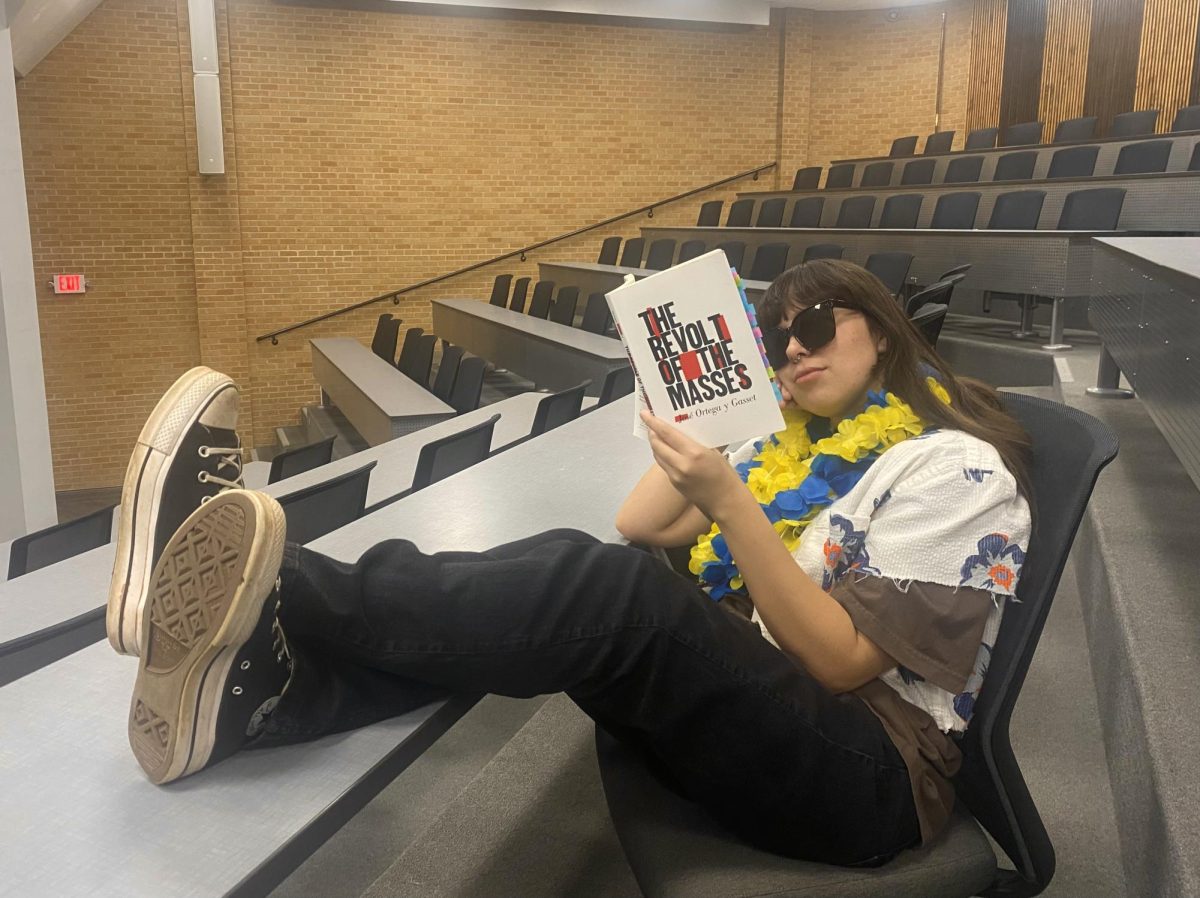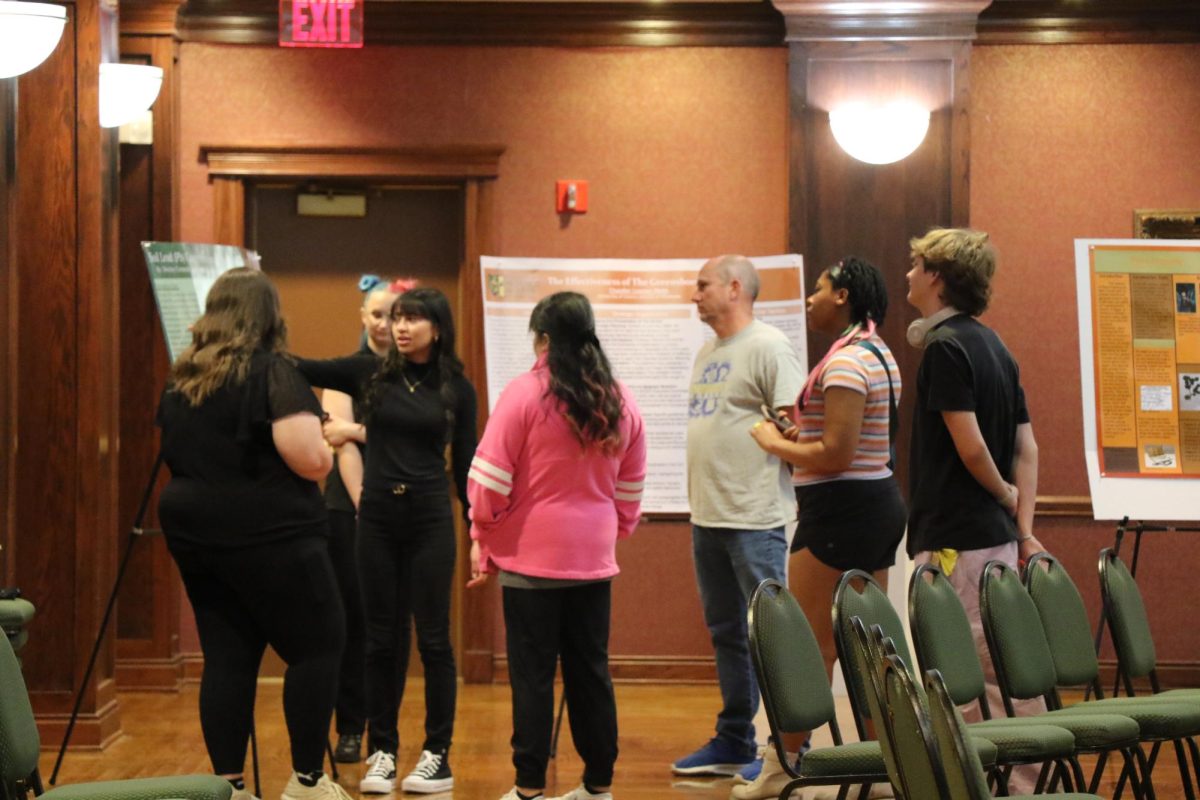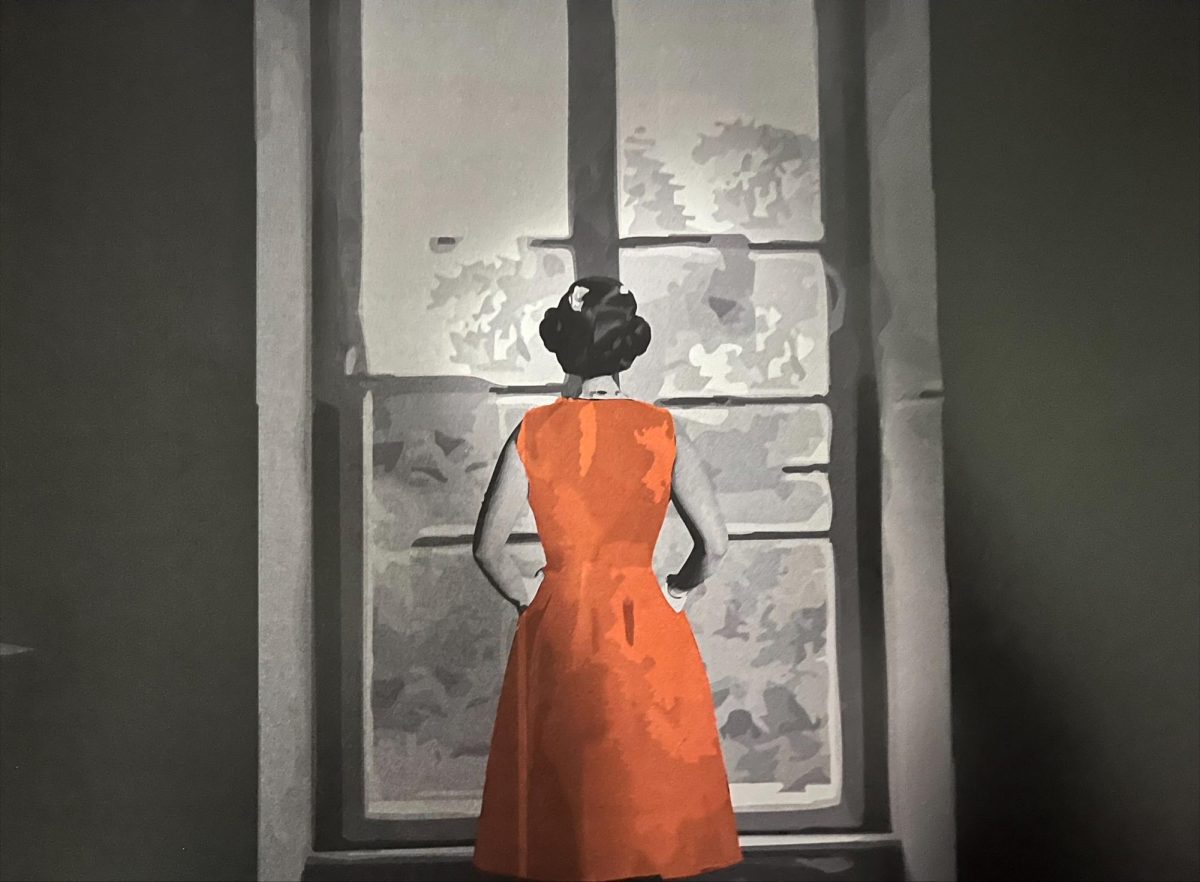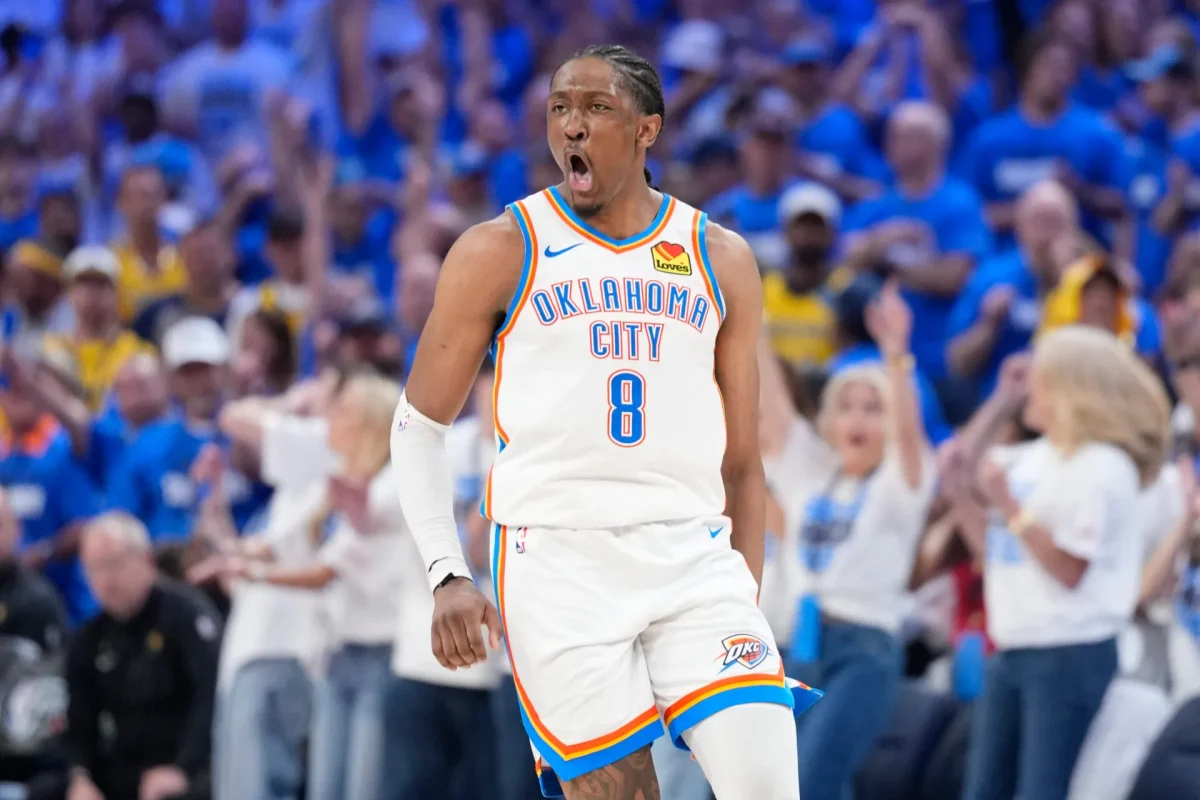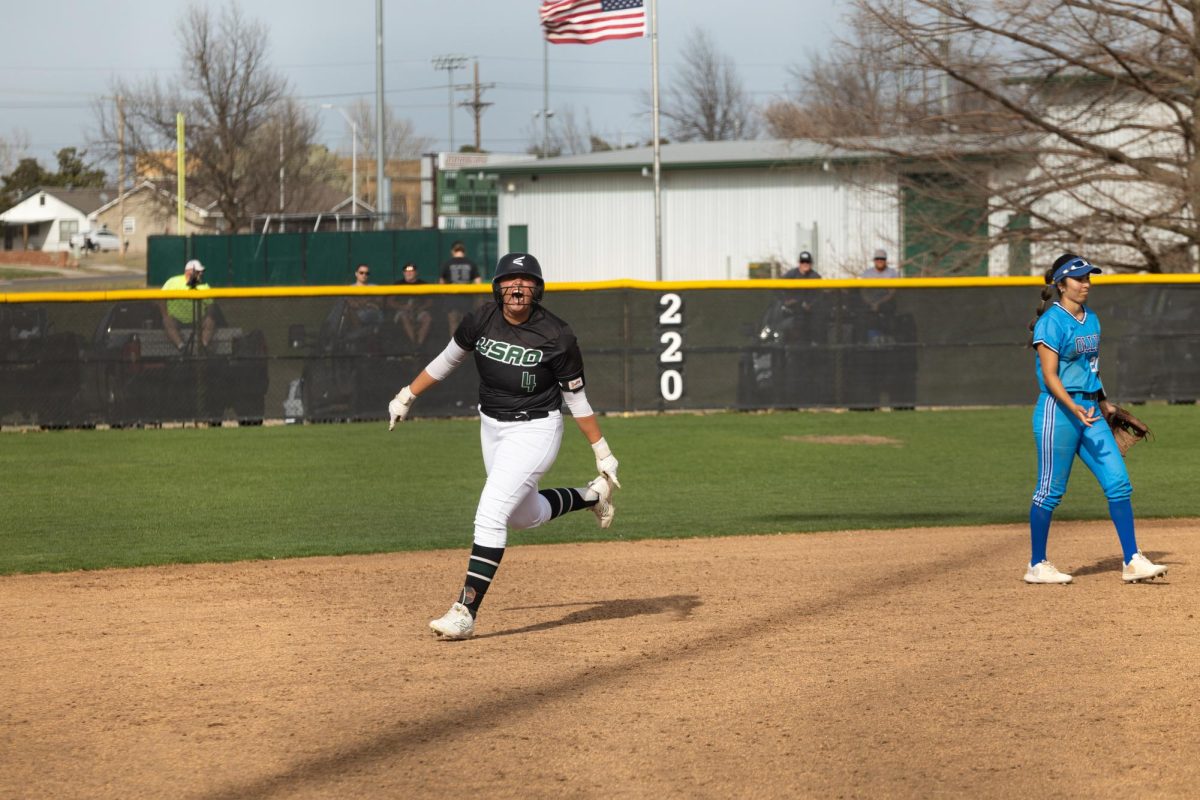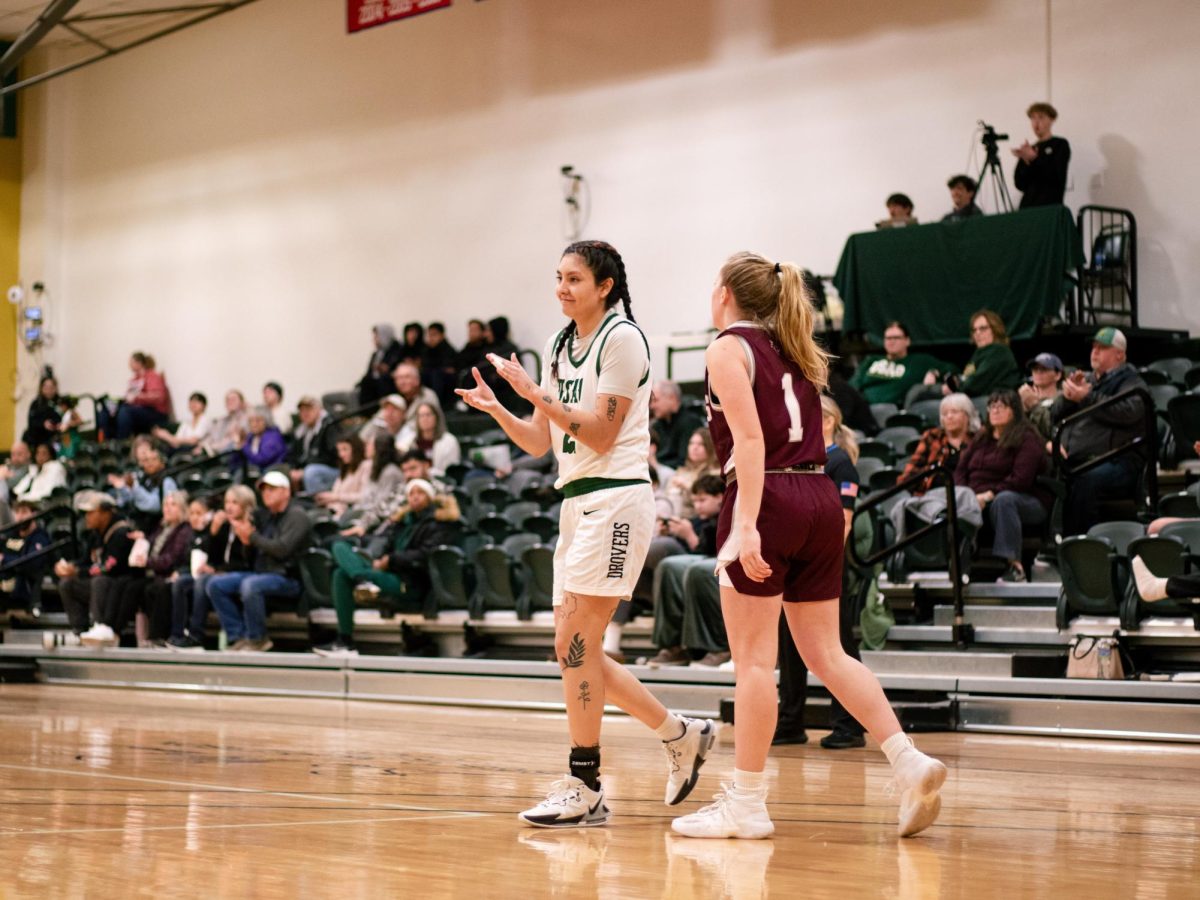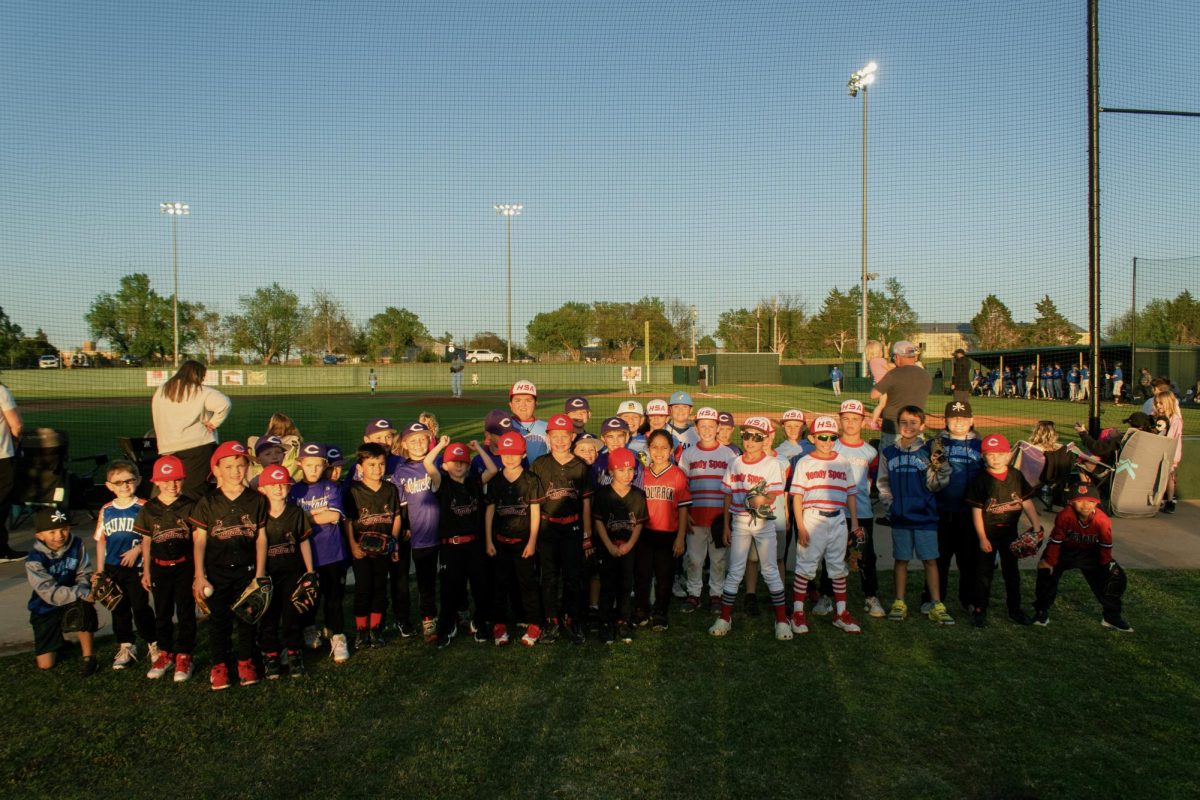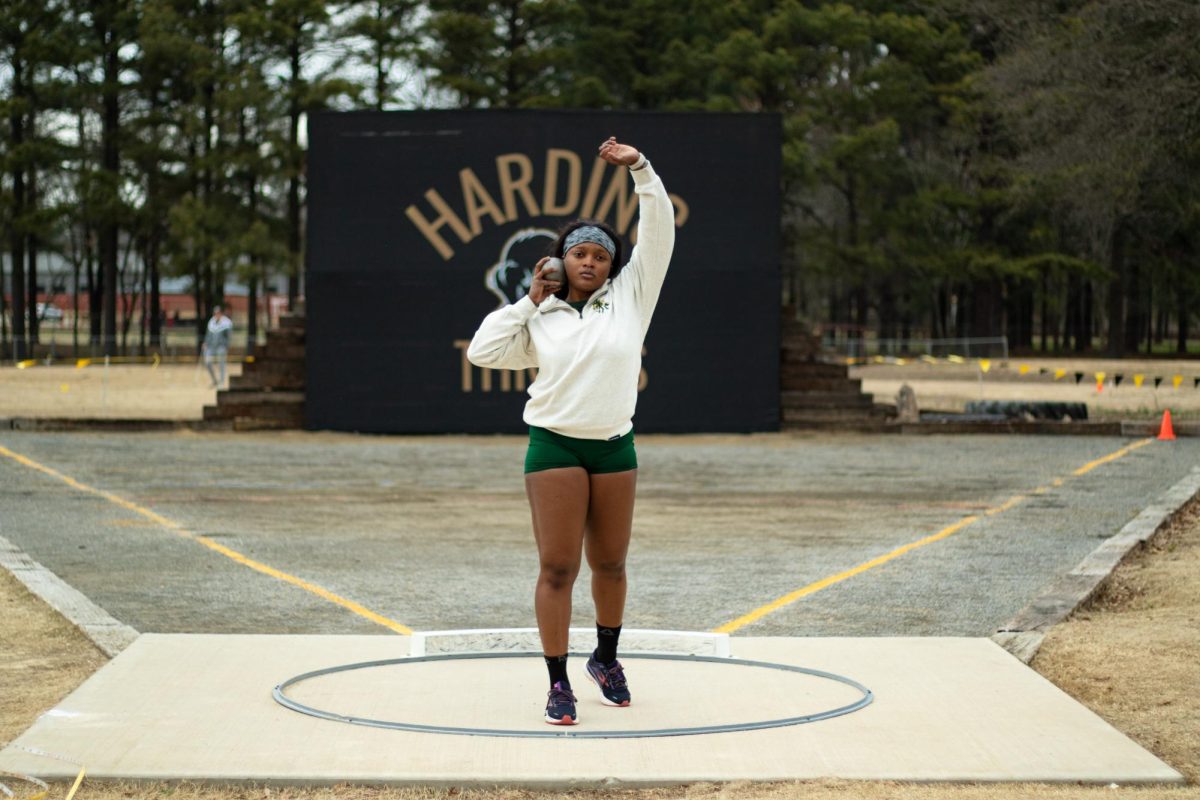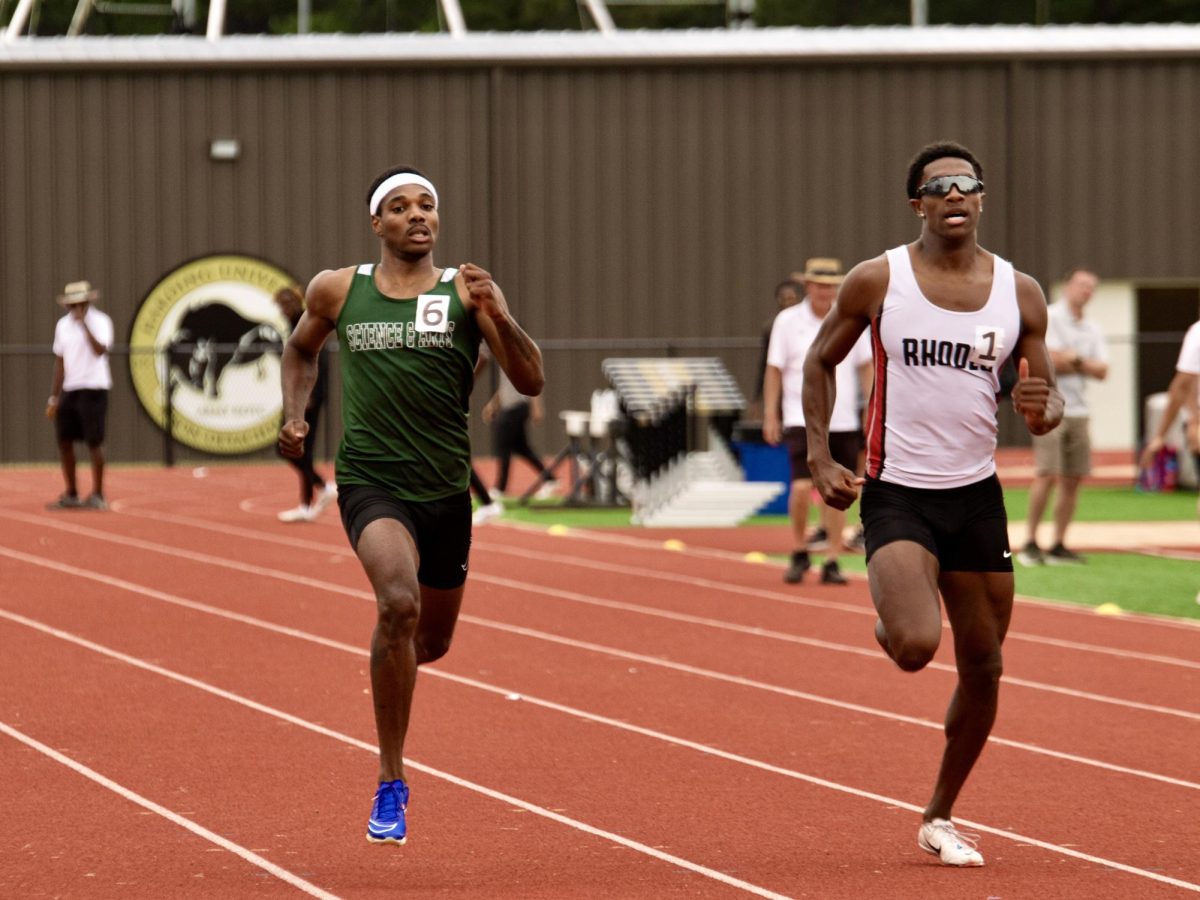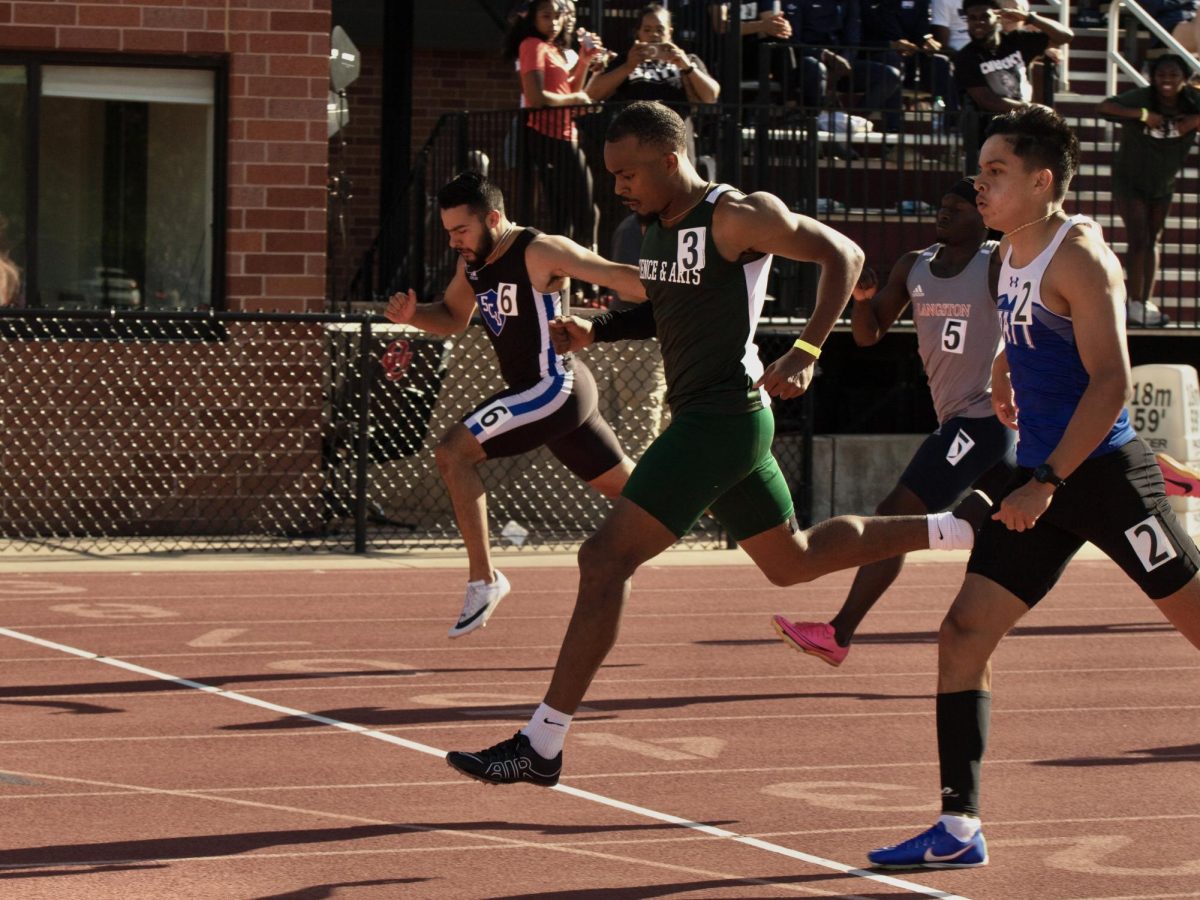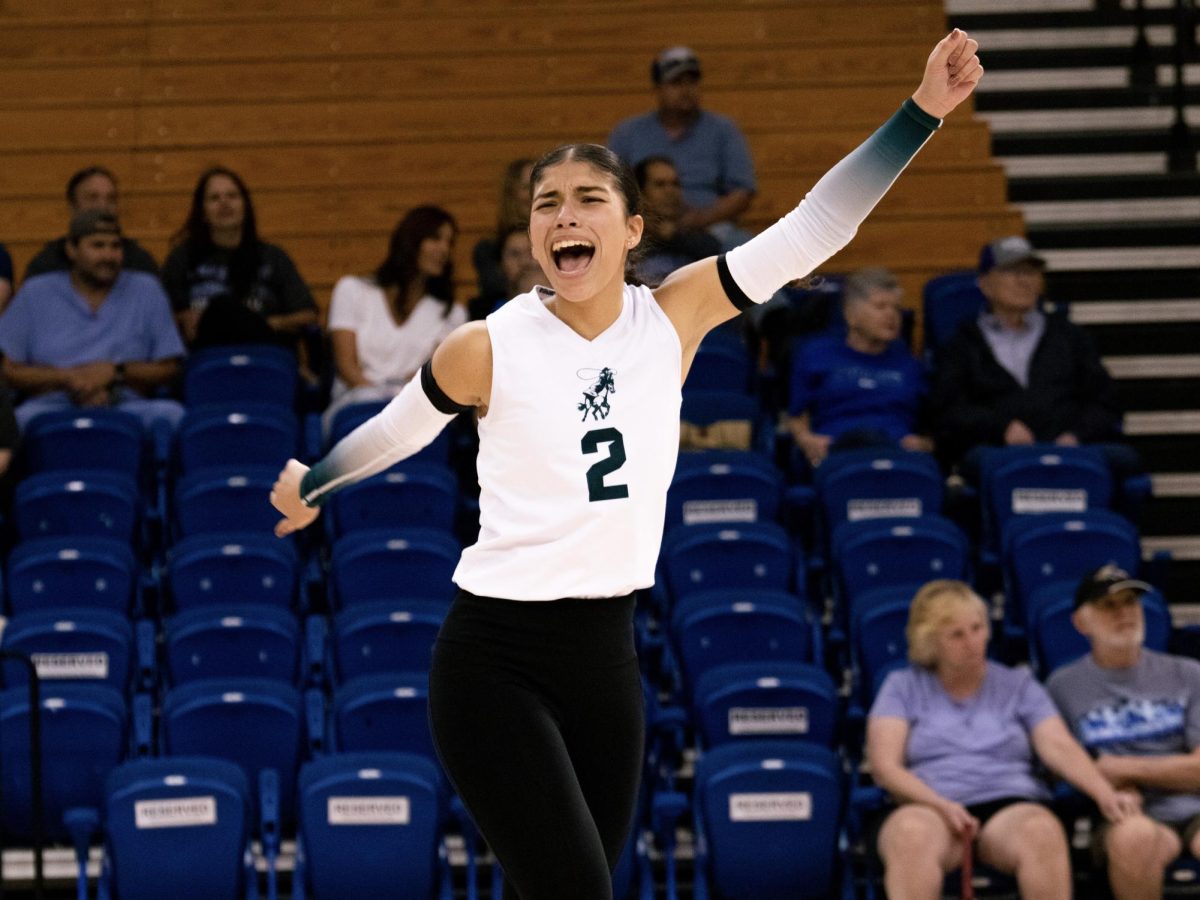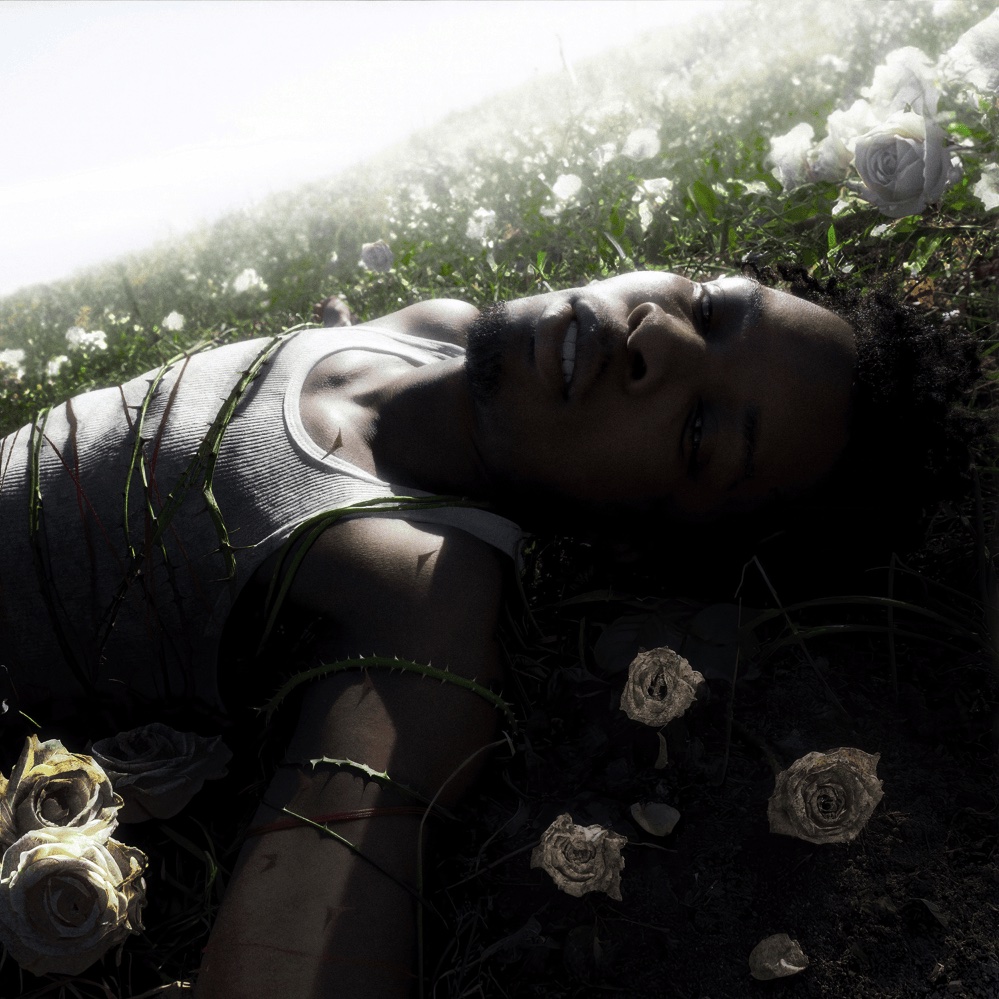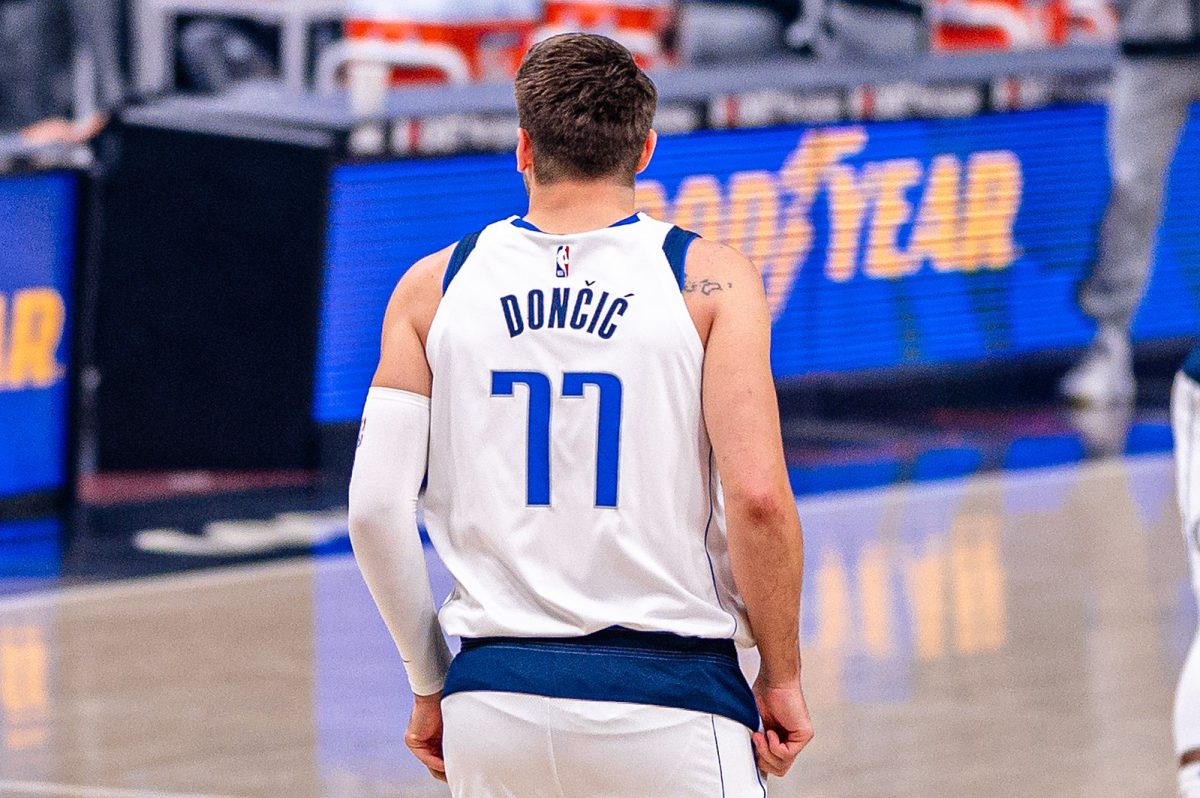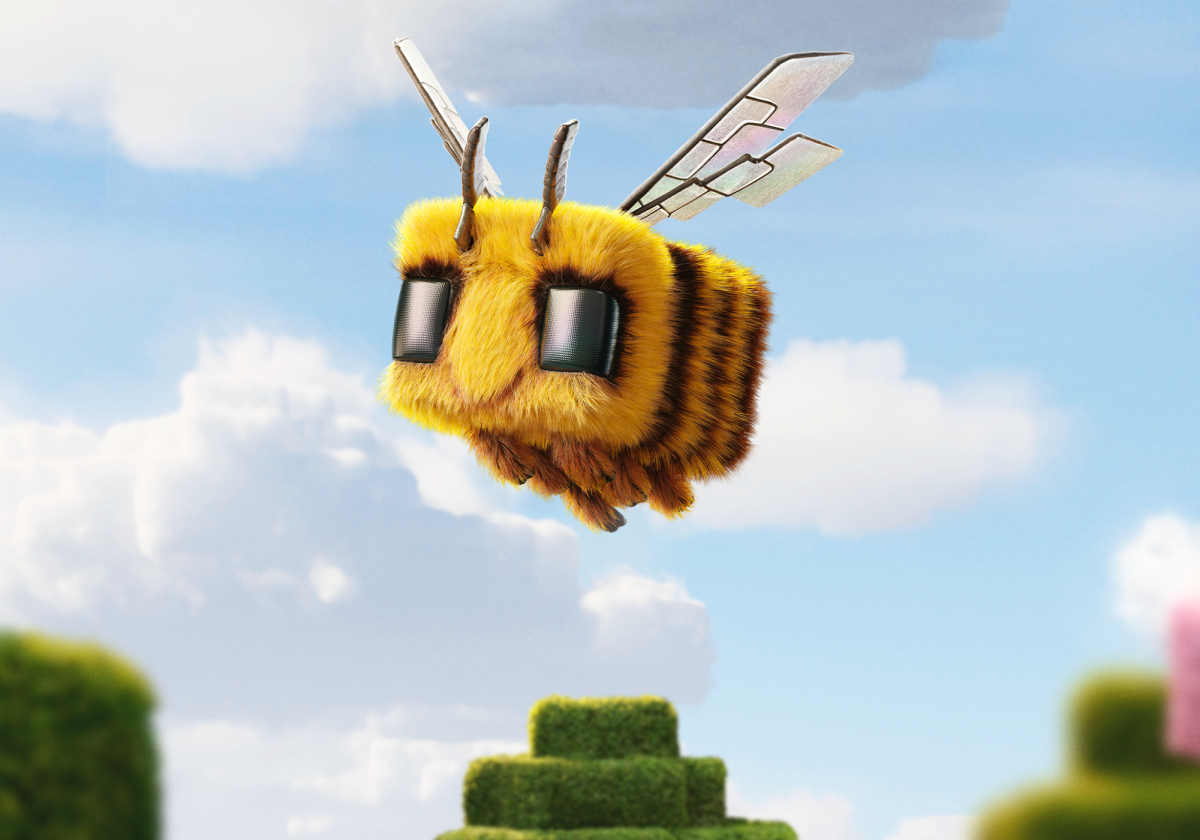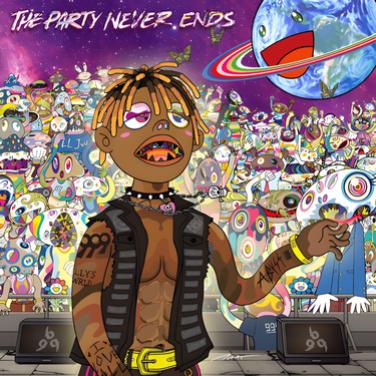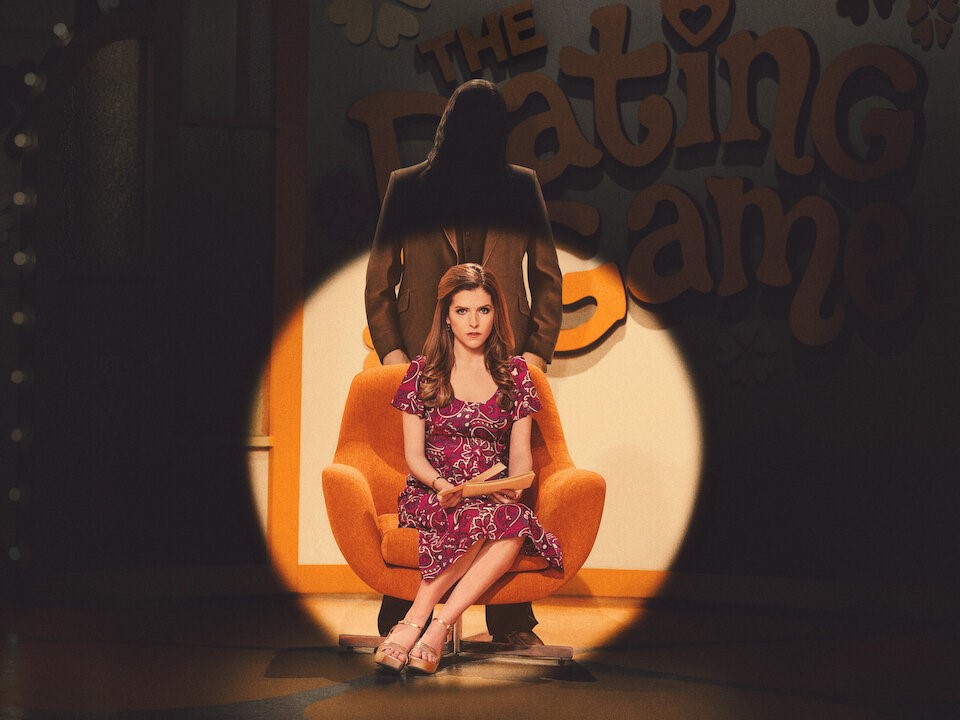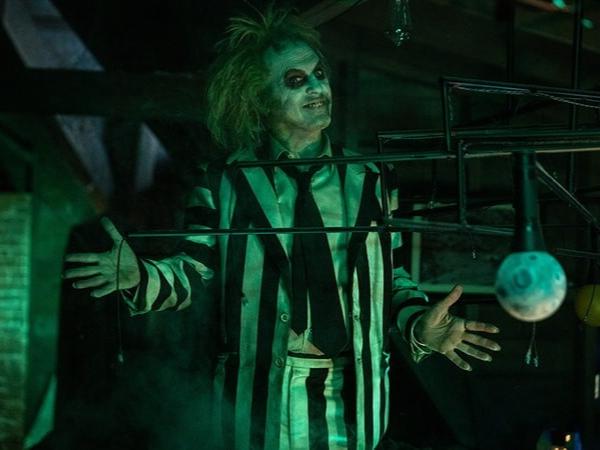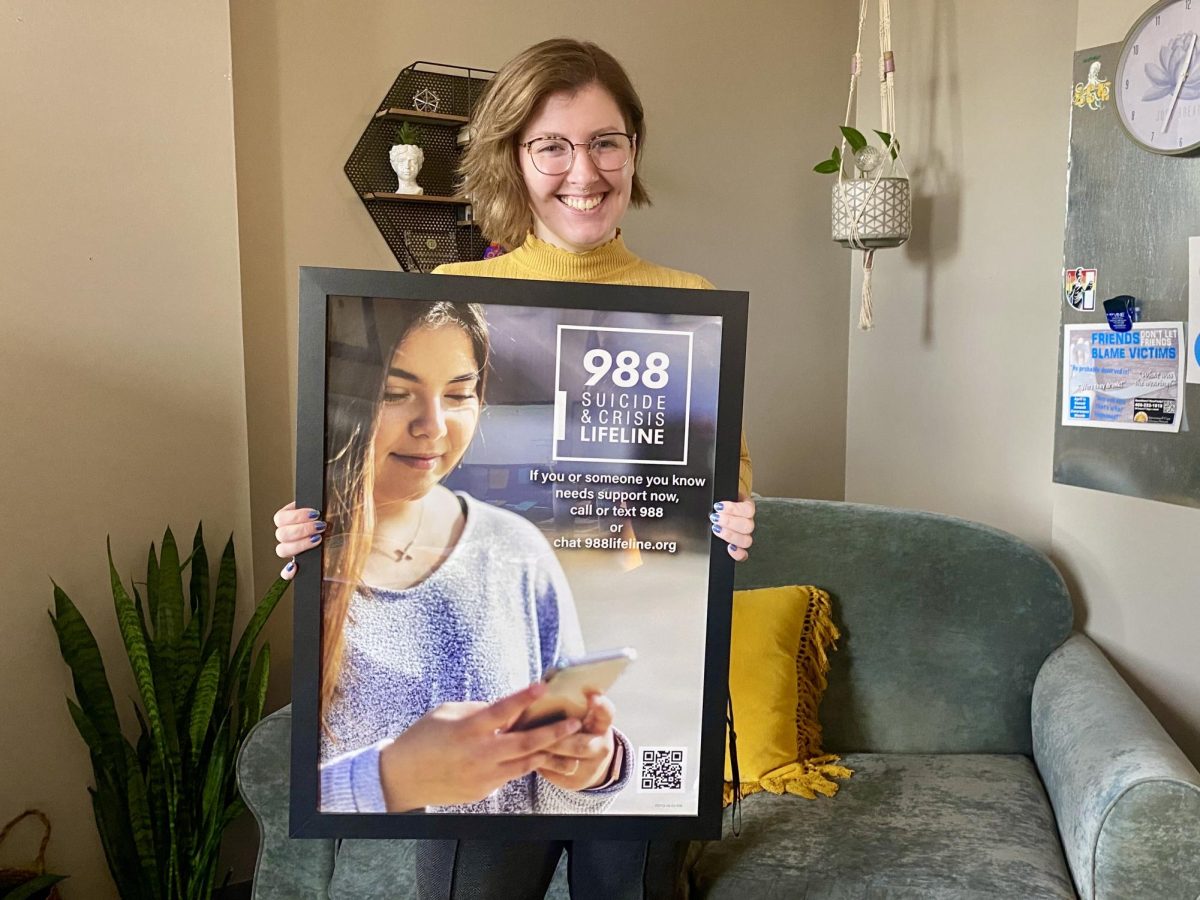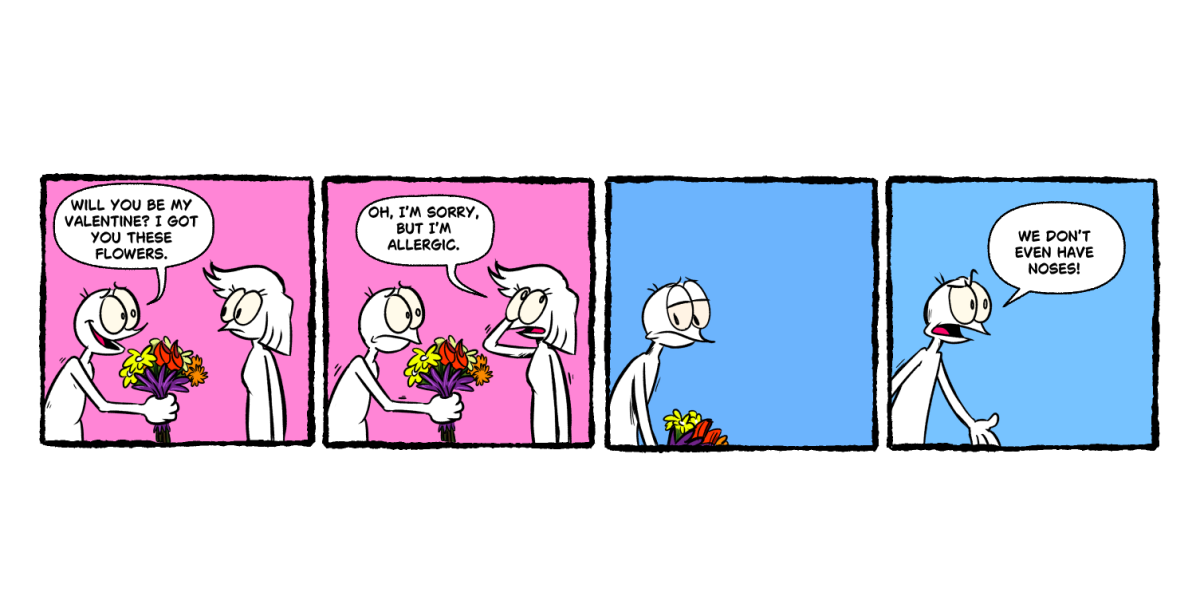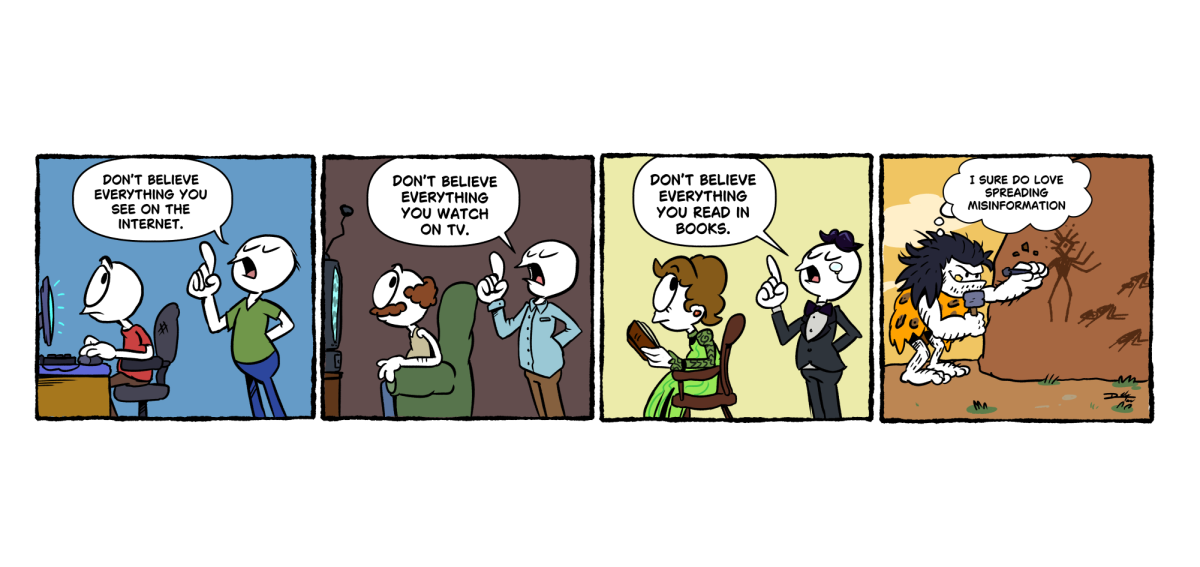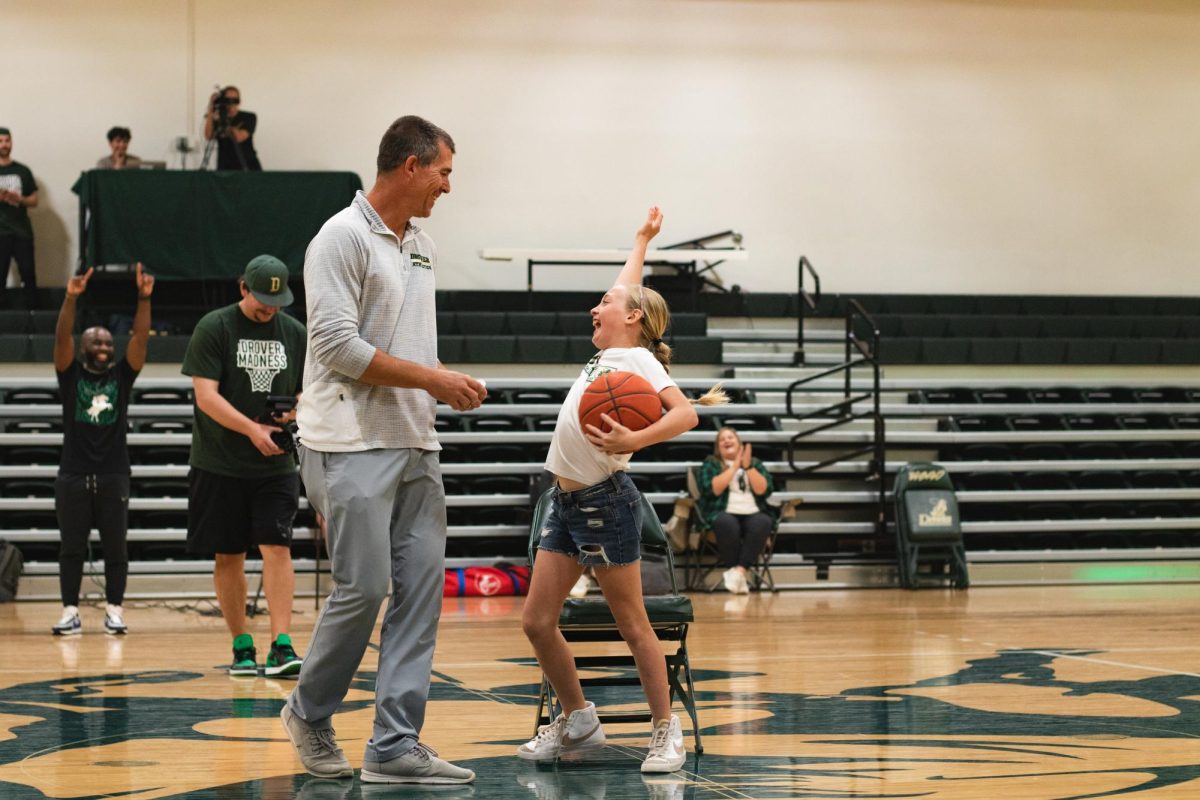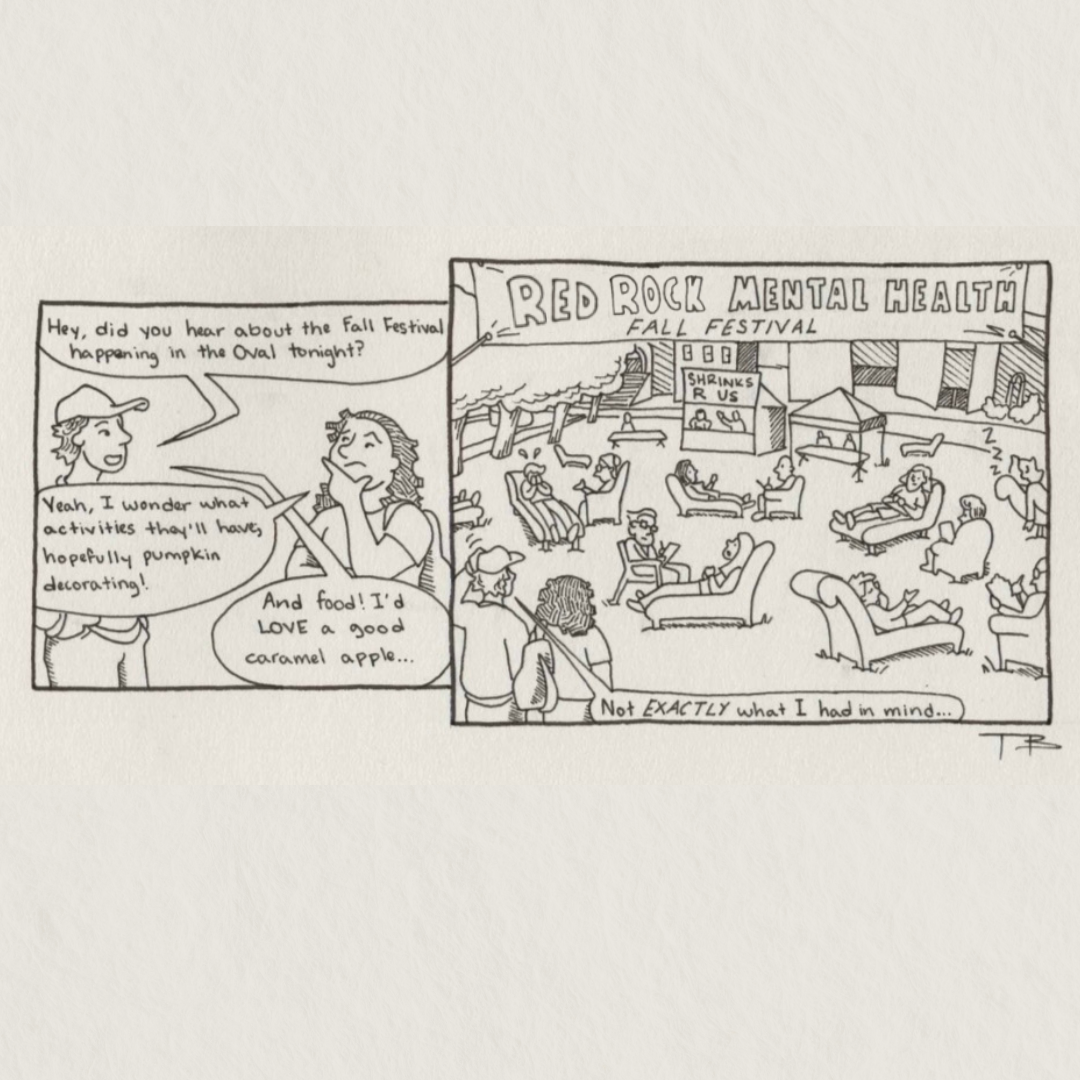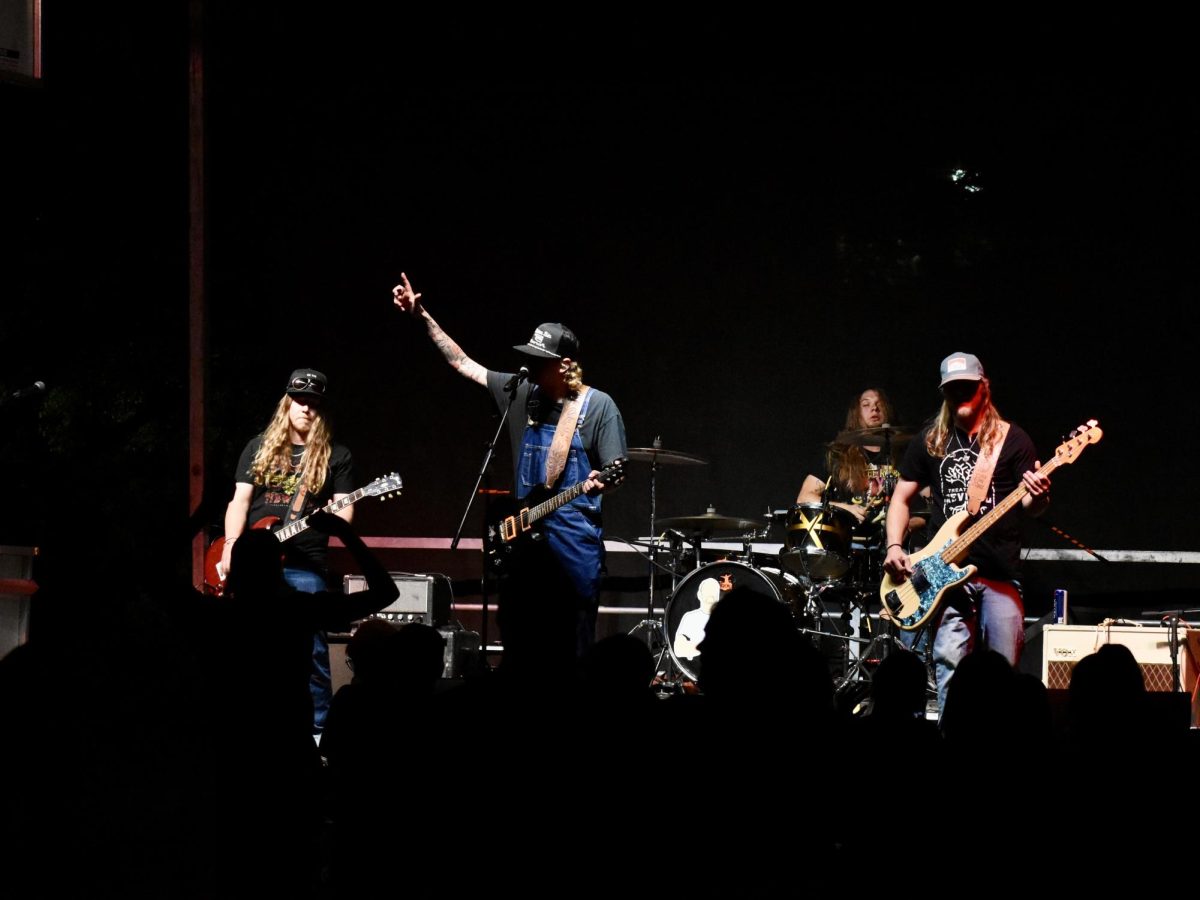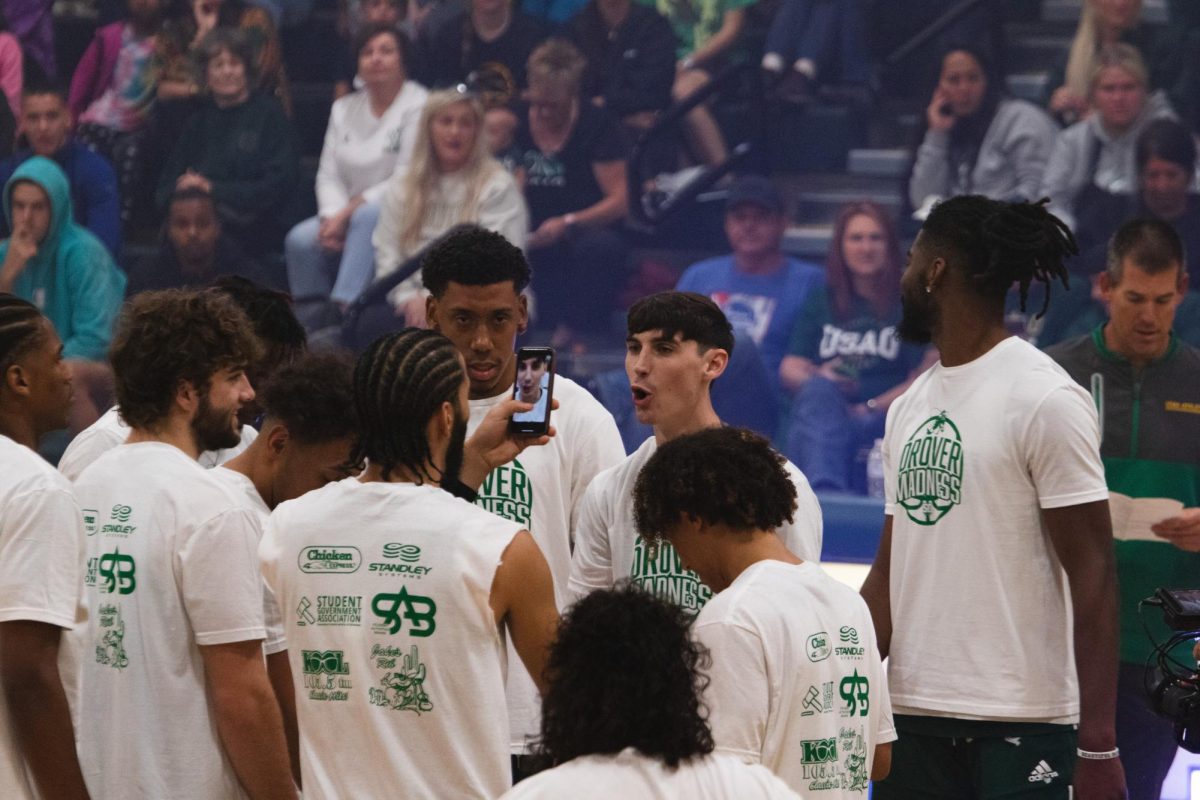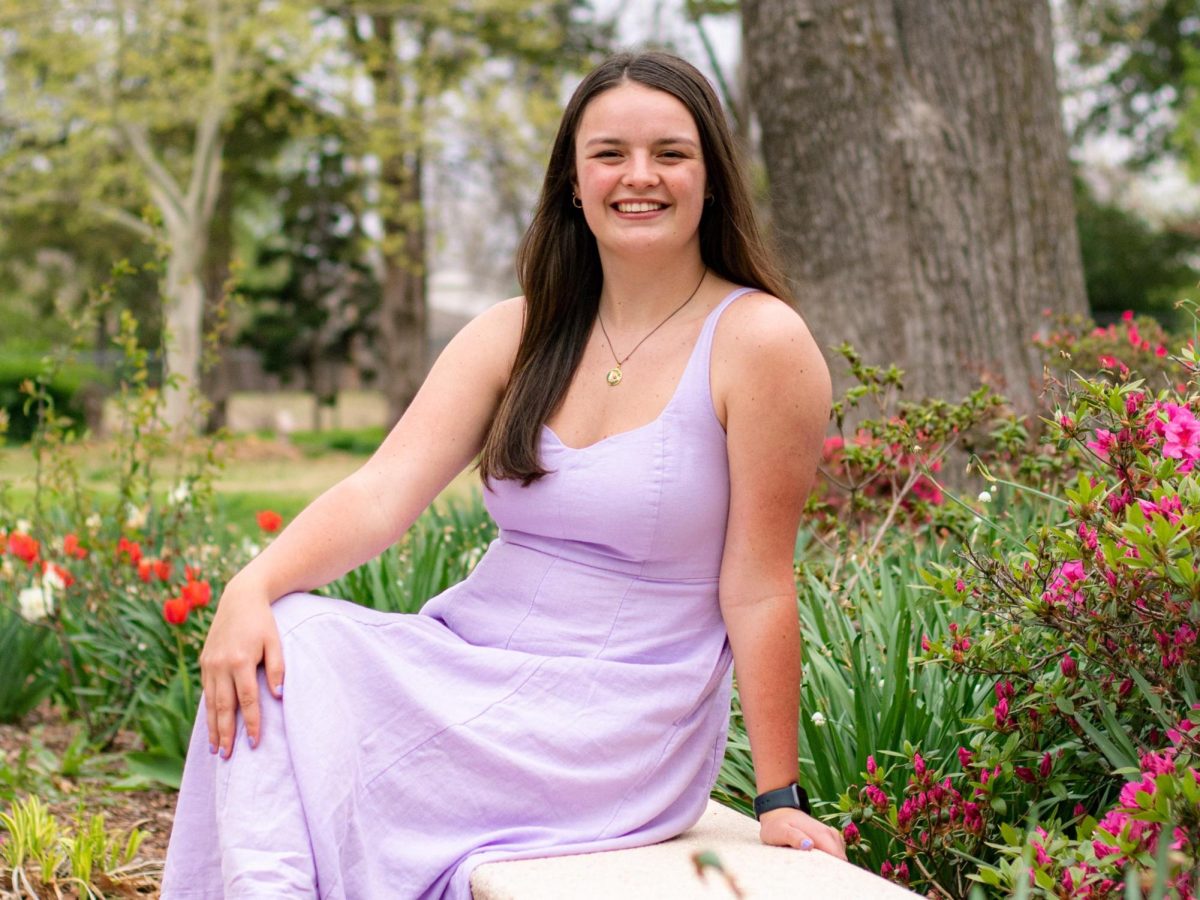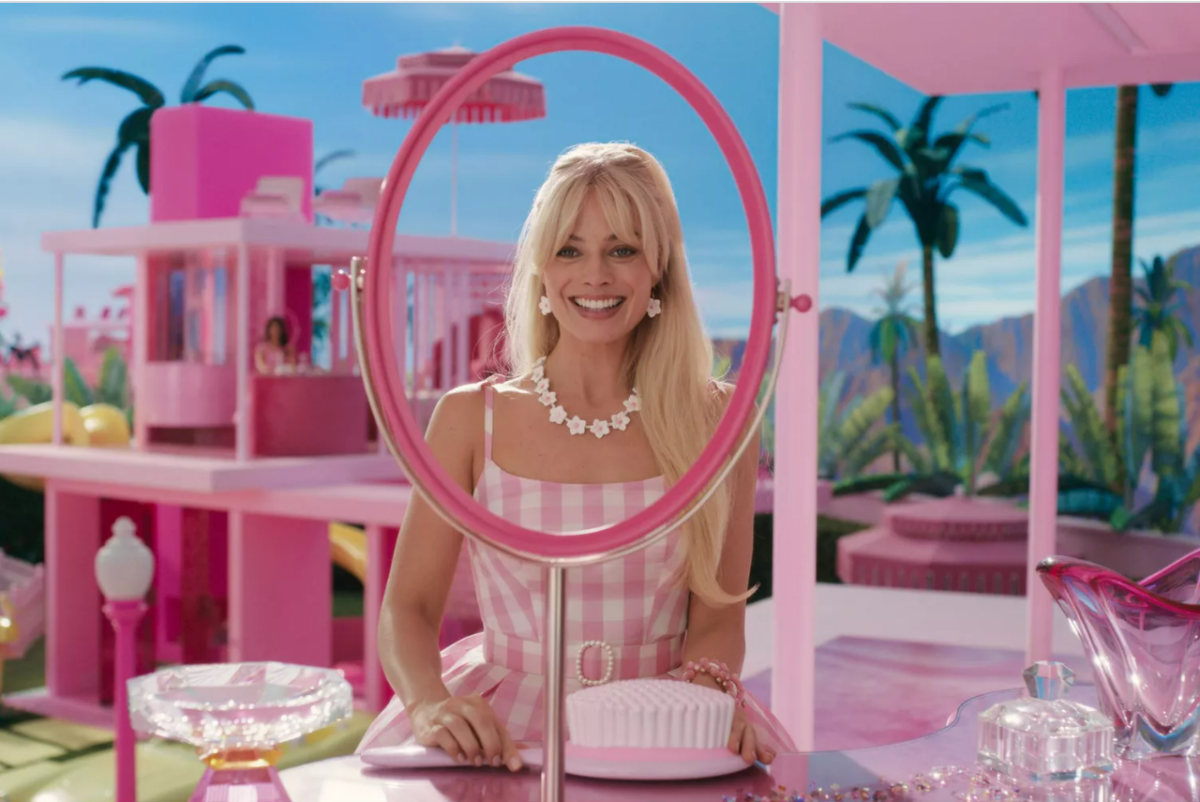As a longtime fan of Greta Gerwig’s work, I was unreasonably excited for the release of her first blockbuster film, “Barbie.” Already smashing box office records, “Barbie” is more than a film release: it has become a full-blown cultural event. Theaters throughout the country found themselves ensconced in pink on opening weekend as excited Barbie fans flocked to the first showings decked out in their most inventive and fashionable costumes to pay homage to Barbie herself. Theaters also sold film-accurate versions of the doll and matching popcorn convertibles at concession stands for the more dedicated fans to enjoy. Given the film’s impressive marketing, it wasn’t surprising that the theater going experience felt especially immersive on opening day.
Both a delightful comedy and a masterful feminist think piece, this film encapsulates the eternally lovable spirit of the iconic doll while weaving together a compelling narrative about existentialism, feminism, and the nature of our very society. Ryan Gosling positively shines in his role as Ken, and Margot Robbie delivers a flawless depiction of Barbie. Supported by an impressive roster of supporting actors such as Issa Rae and the incomparable Michael Cera, Robbie and Gosling offer leading performances to remember.
The details in this film are incredibly impressive. From the dolls’ accessories to their food to their stunning outfits, every element of the film is purposeful and masterfully executed. Gerwig’s eye for aesthetics is unmatched in the modern filmmaking arena. Her commitment to the craft of consistency is as impressive as it is singular.
“Barbie” answers a cultural call for women’s representation that has been long ignored in Hollywood films, and no director is better suited to this monumental task than Gerwig.
Of course, I would be remiss not to mention the soundtrack. Perhaps the greatest standalone element of the experience, the music throughout “Barbie” tells a story in and of itself. The album features a diverse range of artists but perhaps most notable is the deeply emotional ballad by Billie Eilish entitled “What was I made for?”
Barbie as a character is transformed in the hands of Gerwig. From the archetype of the stereotypical fashion doll, Gerwig crafts a memorable and relatable character who is wholly three dimensional. The titular character’s internal journey is just as important as her outward adventure. Embodying every bit of the doll’s inherent charm, Robbie shows incredible emotional range. For audience members who are familiar with her previous filmography, her impressive acting chops will come as no surprise.
One of the most impressive aspects of the entire film was the element of set design. The Barbie Dreamhouse was stunning to behold, especially for those of us who grew up wishing we could go down that same slide that Robbie descends at the beginning of the film.
Both a celebration of Barbie and an ode to film itself, “Barbie” offers young girls a message of empowerment while also providing a witty throughline of comedy suitable for all ages. This film is the most compelling representation of Barbie to ever grace our screens, perfectly balancing new ideas with nostalgic memories. In addition to some of Mattel’s discontinued favorites, the film also introduced several new characters of both the doll and human variety.
Gerwig’s signature directorial style is palpable throughout the film. Her unique perspective blended with the brand of Barbie creates a trailblazing cinematic gem that not only brings the laughs but also packs a powerful emotional punch. Whatever you are expecting going into Gerwig’s interpretation of Barbie, be prepared to be surprised. This isn’t the Barbie of the beloved cartoons of the early 2000s. This is a Barbie for a new generation, a Barbie who is truly for everyone.
Gabi Merchen is a fourth-year Communication major at the University of Science and Arts of Oklahoma.

